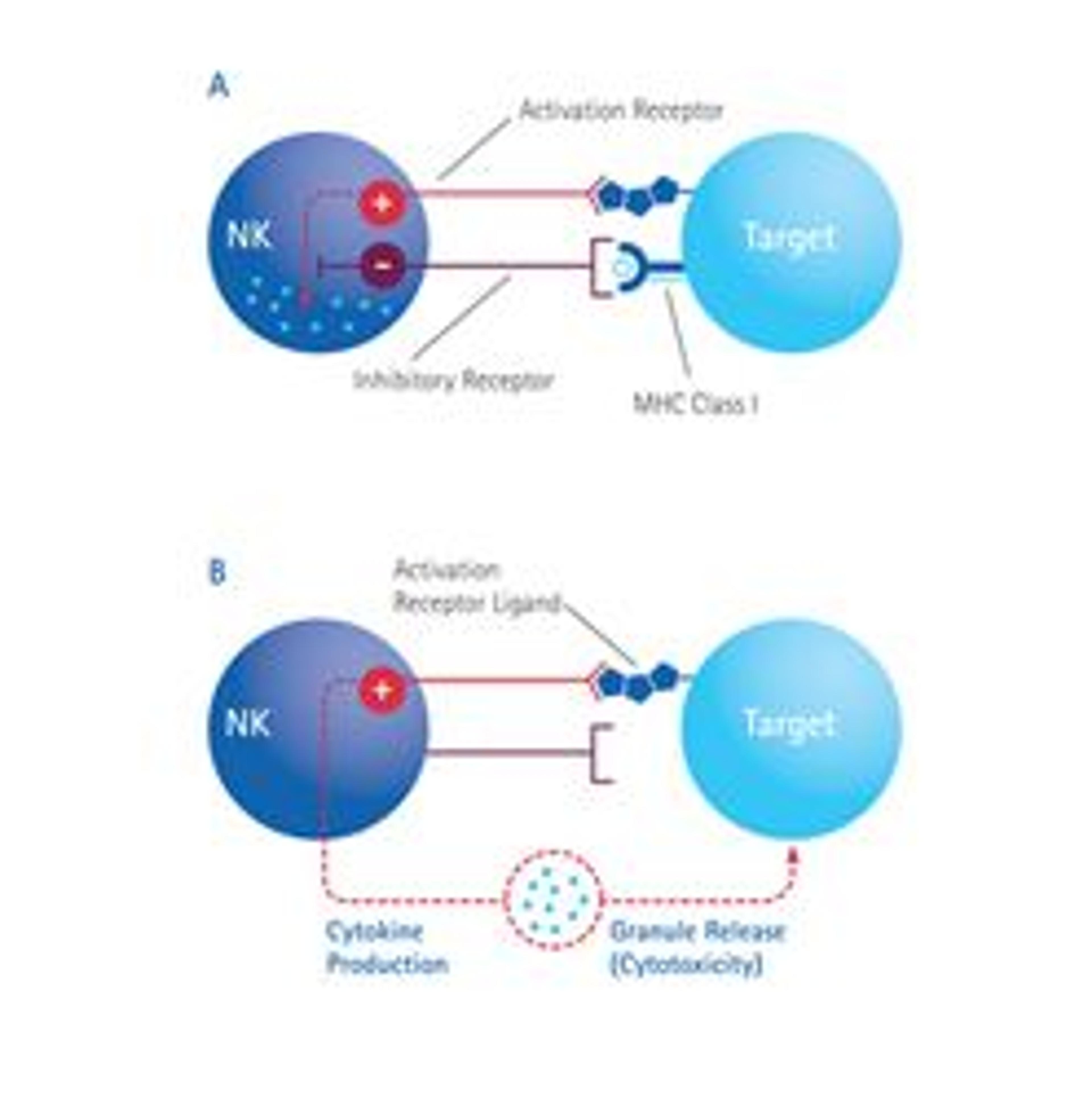Centricon Plus-70 Centrifugal Filter Units
Merck• Concentrating and desaltingchromatography column eluates• Concentrating monoclonal antibodies• Concentrating proteins or viruses from culture supernatants• Clarifying tissue homogenates and cell lysates• Buffer exchange or diafiltration





